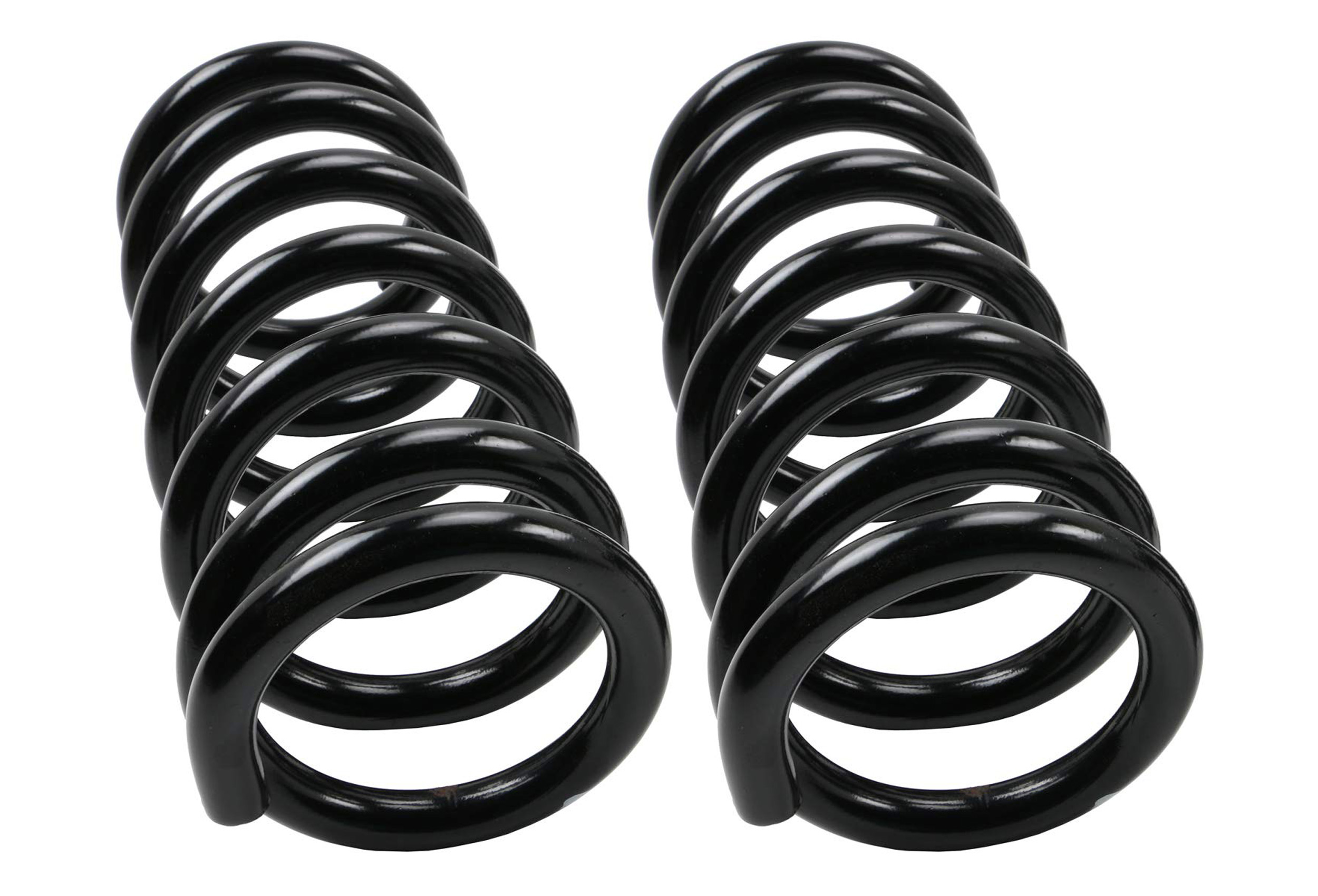Without proper context or specific information regarding a “car spring,” we’re assuming a broad topic covering the basics of car springs in the automotive context. Below is a general overview:
What are Car Springs?
Car springs are a crucial component of a vehicle’s suspension system. They absorb shock and maintain contact between the tyres and the road surface by compressing and rebounding with every bump or hole on the road. This ensures a smooth ride while also providing stability and handling.
Types of Car Springs
There are four main types of car springs used in suspension systems:
- Coil Springs: The most common type, made of heavy-duty spring steel, are designed to compress and expand to absorb wheel motion.
- Leaf Springs: A series of flat, thin strips of steel (leaf) bound together to act as a single unit, commonly found on trucks and older vehicles.
- Torsion Bars: Metal rods that twist to provide spring action. The vertical motion of the wheel translates into torsional flex on these bars.
- Air Springs: utilize air in a flexible, enclosed chamber and are often found in modern luxury and performance vehicles.
Functions of Car Springs
The primary functions of car springs include:
- Supporting Vehicle Weight: Car springs sustain the weight of the vehicle, providing the necessary tension to keep it above the wheels.
- Absorbing Road Shocks: By compressing and rebounding, they absorb the force from potholes, bumps, and other surface imperfections.
- Maintaining Tyre Contact: Car springs help keep tyres in contact with the road surface, contributing to better grip and control. Aftermarket suspension and struts can offer several benefits, including improved handling, increased stability, and a smoother ride.
- Providing Ride Comfort: By managing the suspension’s movement, springs play a significant role in the comfort level inside the vehicle.
Maintenance Tips for Car Springs
To ensure longevity and function, car springs require occasional maintenance.
- Regular Inspection: Look for signs of wear, rust, or damage, particularly after driving on rough roads.
- Checking Ride Height: Incorrect ride height can indicate spring wear or failure; professional inspection can help diagnose issues.
- Look for Uneven Tyre Wear: Uneven wear may suggest suspension problems related to the springs, requiring further investigation.
- Listening for Noises: Squeaking or knocking noises from the suspension can signify that the springs need attention.
- Professional Servicing: Have regular checks from professionals who can assess and replace springs if necessary.
In Conclusion
Properly functioning car springs are vital for driver comfort, vehicle handling, and overall safety. Regular checks and maintenance by a professional can help prevent ride issues and ensure your vehicle’s springs perform optimally throughout their lifespan. If you experience any abnormalities with your car’s ride quality, consider consulting a mechanic to check if your vehicle’s springs may be the cause.

